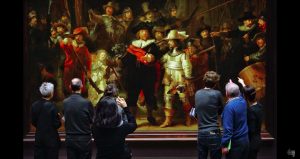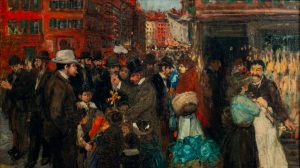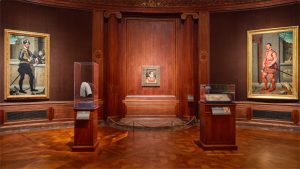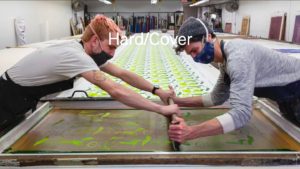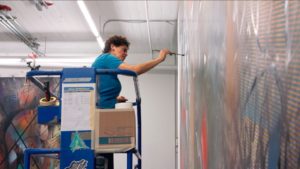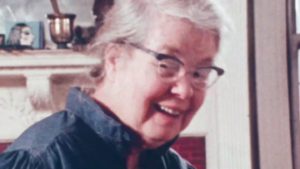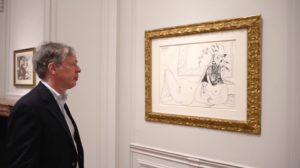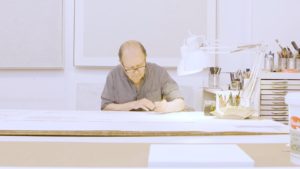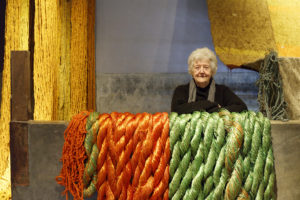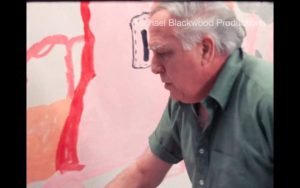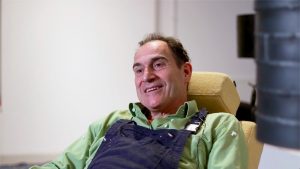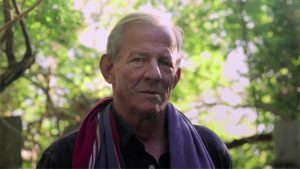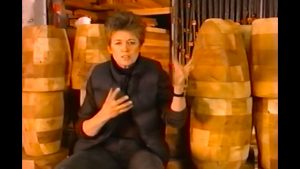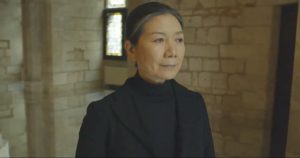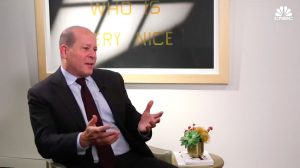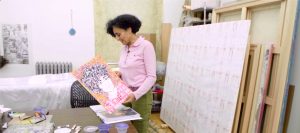
COMMUNITY: A Closer Look at Dorothea Lange’s ‘Migrant Mother’
Smarthistory
“It’s hard to overstate the trauma of this moment. At its height in 1932 – just four years before this photograph was taken – 25% of Americans were unemployed. […] [W]e’re seeing an overlay of two stories – a larger economic and political story, but also a very deeply personal, biographical story.” —Steven Zucker
On view now in New York is the first major exhibition of Dorothea Lange’s (b. 1895, Hoboken, NJ; d. 1965, San Francisco, CA) photography at the Museum of Modern Art in 50 years. Dorothea Lange: Words and Pictures focuses on the artist’s landmark 1939 book An American Exodus. The exhibition runs through May 9, 2020. Included in the exhibition is one of the most iconic images of the 20th century: Lange’s Migrant Mother, Nipomo, California (1936), an image that only seems to resonate even more today. In light of this, Steven Zucker of Daily Plinth–favorite Smarthistory took a closer look at the photograph for their Seeing America series, speaking about the work with Eve Schillo, Assistant Curator at the Los Angeles County Museum of Art. The photograph is in LACMA’s collection, where they spoke about the social, political, and emotional impact of the photograph.
From MoMA:
In her landmark 1939 photobook An American Exodus—a central focus of the show—Lange experiments with combining words and pictures to convey the human impact of Dust Bowl migration. Conceived in collaboration with her husband, agricultural economist Paul Taylor, the book weaves together field notes, folk song lyrics, newspaper excerpts, and observations from contemporary sociologists. These are accompanied by a chorus of first-person quotations from the sharecroppers, displaced families, and migrant workers at the center of her pictures. Presenting Lange’s work in its diverse contexts—photobooks, Depression-era government reports, newspapers, magazines, poems—along with the voices of contemporary artists, writers, and thinkers, the exhibition offers a more nuanced understanding of Lange’s vocation, and new means for considering words and pictures today.




